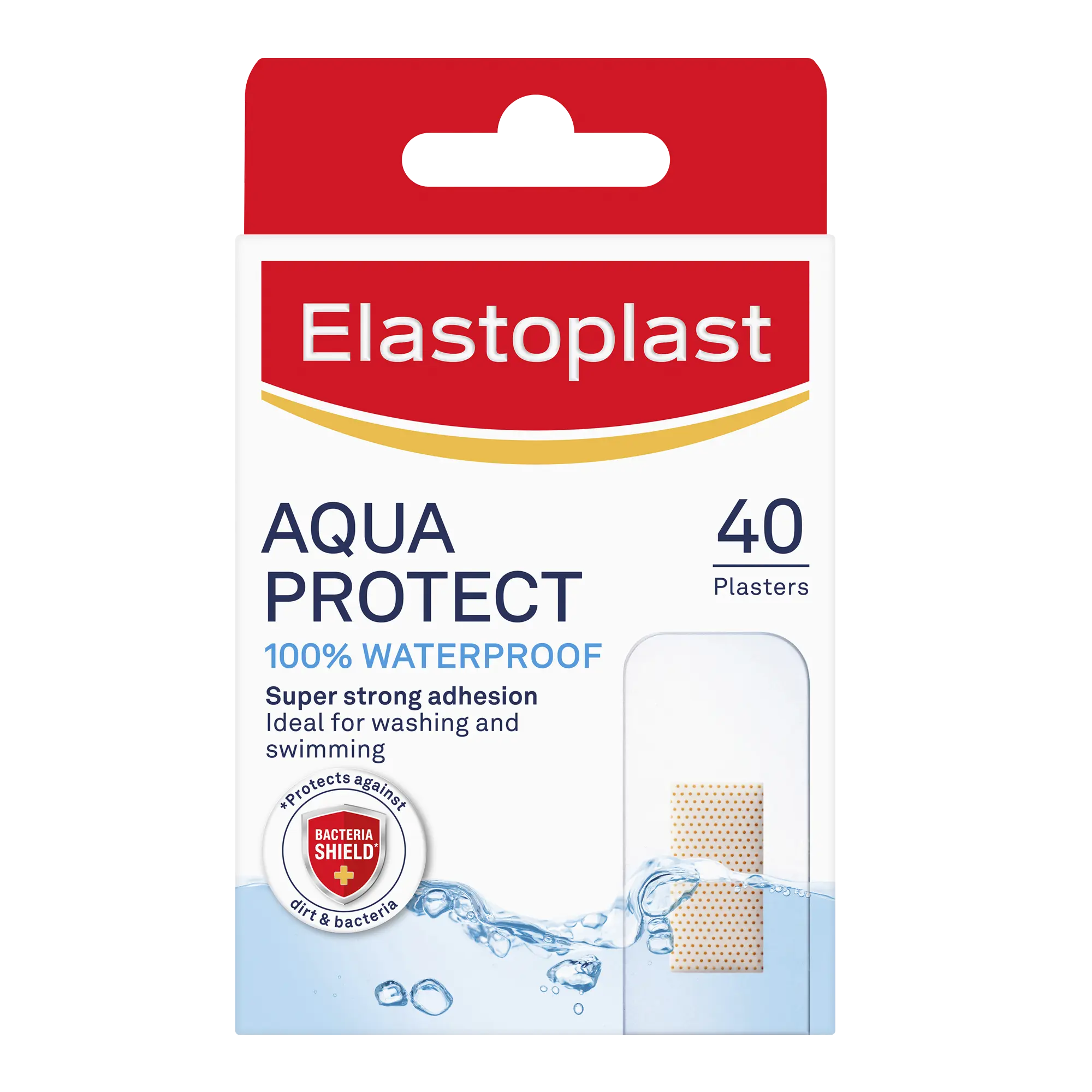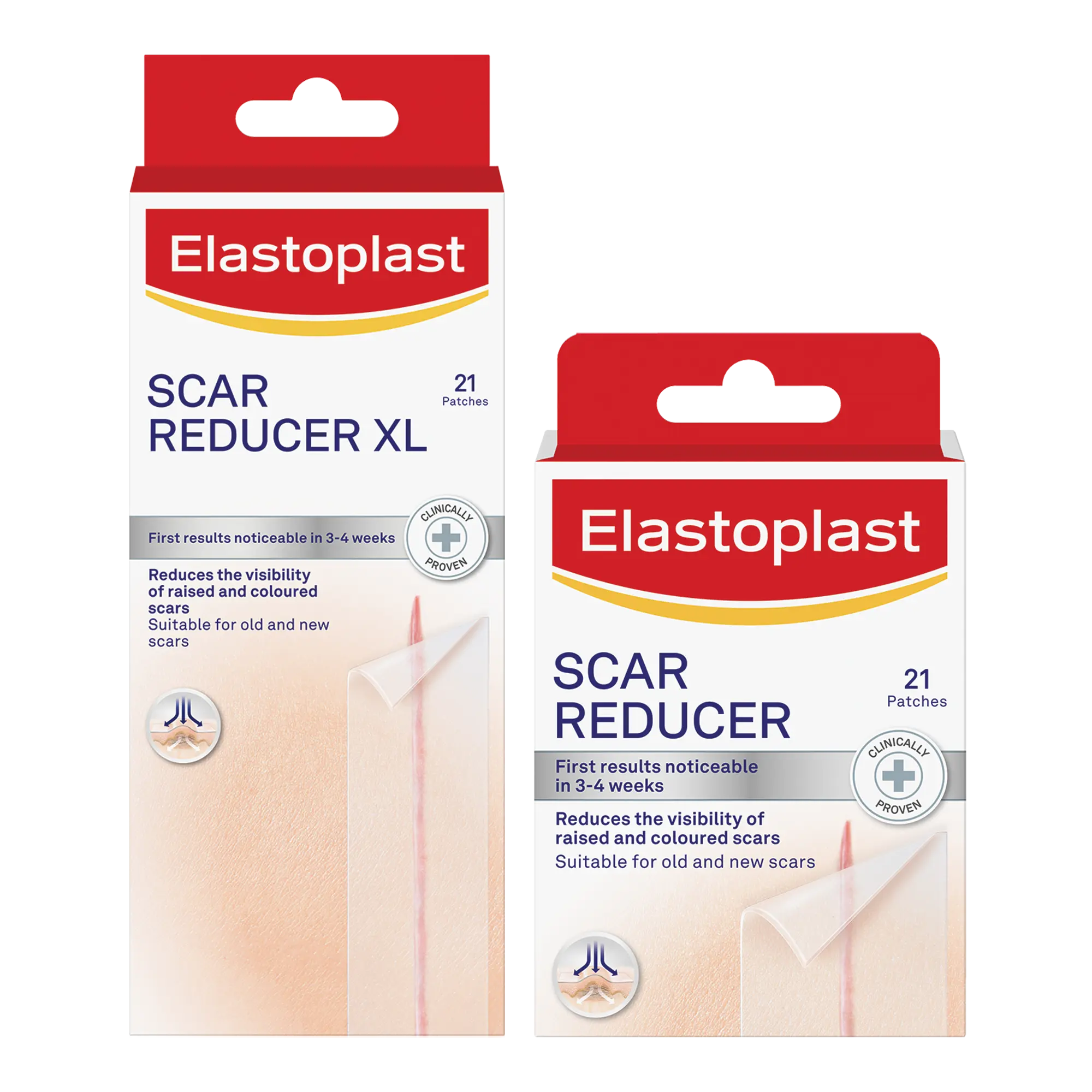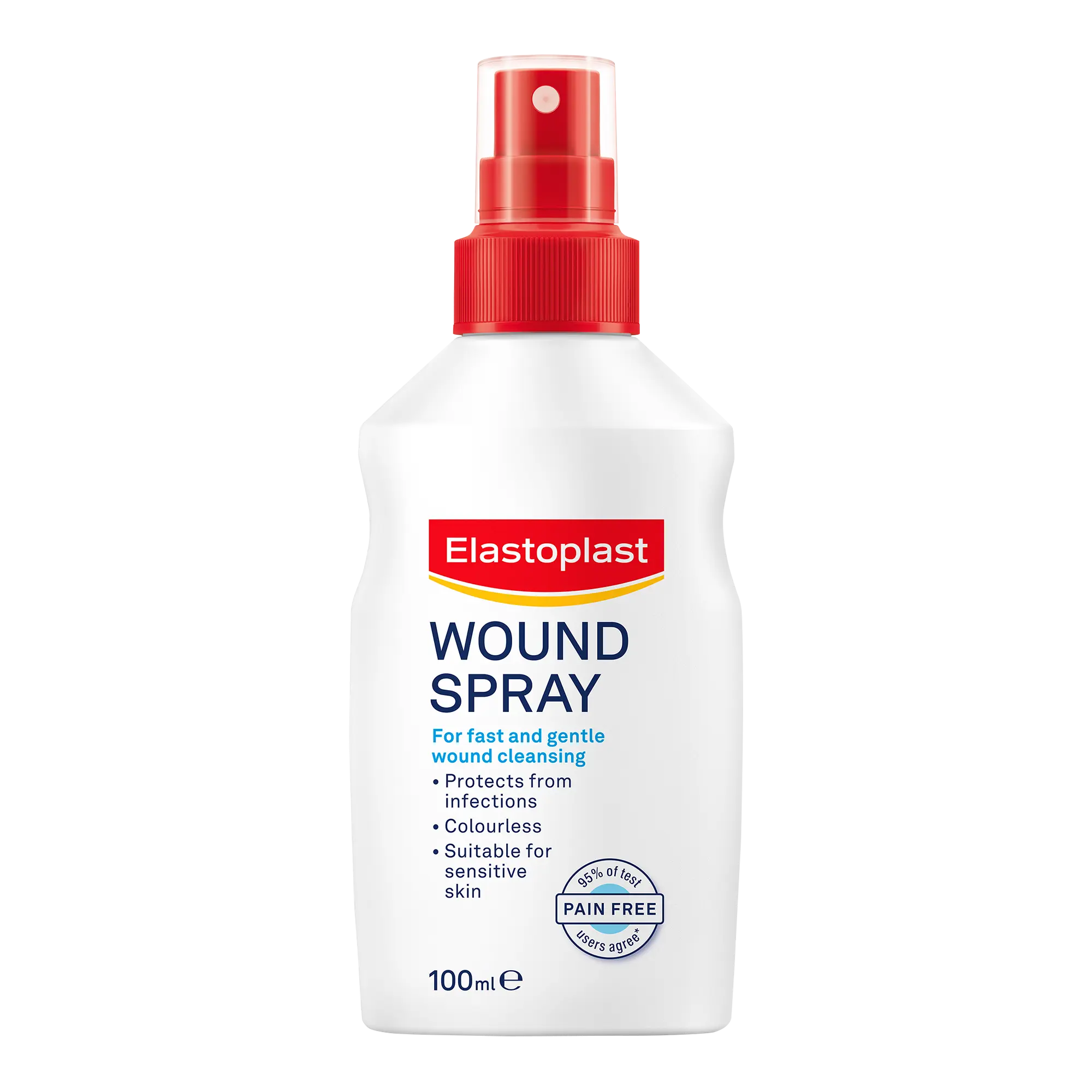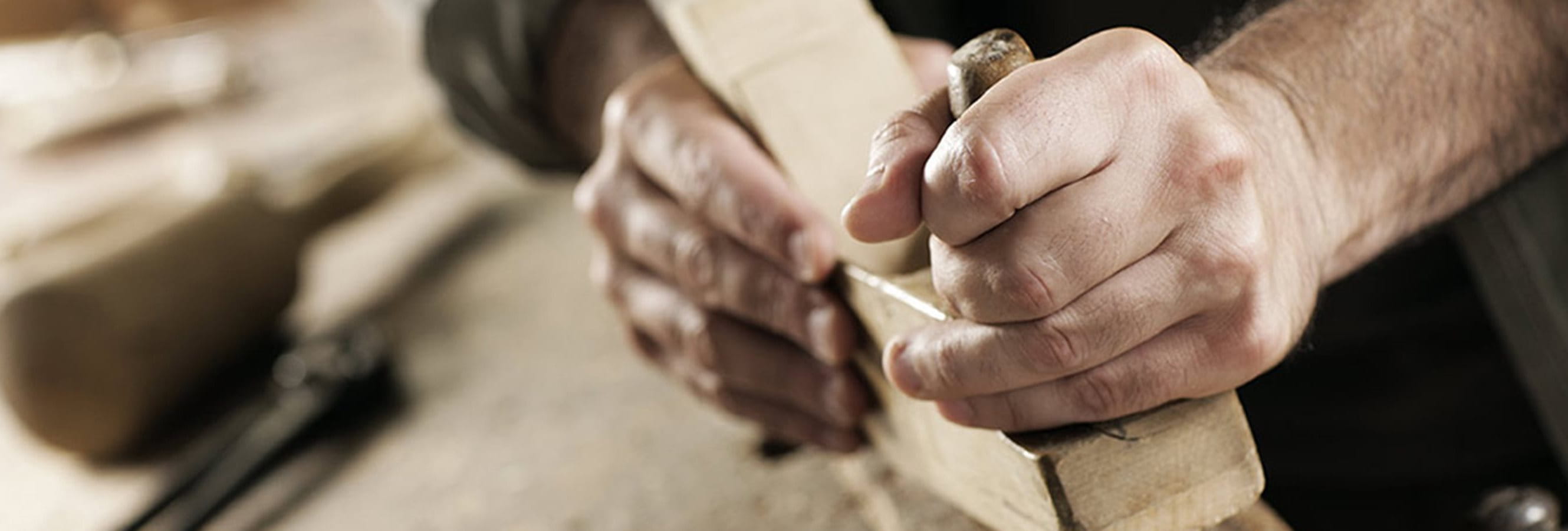Blisters on our hands can be painful and a nuisance. They are the result of constant friction or extreme heat in a localised area. Following this exposure, the damaged layer of the skin is torn from the layers beneath it and fluid collects inside that space.
Friction blisters are most common in active people and young children, who submit their hands to extended periods of rubbing against a hard surface, or shorter more intense contact. Think: weight lighting for active adults or, swinging on monkey bars in the playground for kids.
Because we use our hands so much, if not properly treated, hand blisters can become infected. This is bad news for anyone who need and want to use their hands without pain. The good news is that there are really effective treatments for healing hand blisters and reducing the pain they cause. There are even some good ways to prevent them from even happening.
Treating Hand Blisters
If your hand blisters are the result of a burn, run your hands under cold water immediately.
The most important thing to do is to try to keep the skin on and around the blister intact to prevent infection and further damage.
Then it’s a matter of cleaning and soothing, following these simple steps:
- Wash the blistered hand or hands with lukewarm water and a gentle soap.
- Disinfect the outside of the blister or blisters with alcohol or iodine to kill any bacteria.
- Apply an antibiotic ointment to prevent infection and sooth the skin.
- Cover the whole area with a bandage or an Elastoplast Blister Plaster
Repeat the application of antibiotic ointment and bandaging, as needed, for a few days. Following this, you will be able to remove the dead skin, using sharp, sterilised scissors and tweezers. Reapplication of antibiotic ointment and a plaster is advised.
Preventing Blisters on Your Hands
There are many ways to prevent blistering of the hands that is caused by friction. Generally these injuries are work related. They happen when we are gardening, or gripping hard and heavy instruments for long periods of time. This means that a flexible, yet sturdy, pair of gloves are crucial.
Avoiding irritants and allergens is also a good idea. If you have changed hand soap, hygiene sprays, or detergents, this can cause a reaction, resulting in blisters.
At the first sign or irritation or blistering, treat the site and protect it from further damage, with an Elastoplast Antibacterial Plaster or a loose bandage.
Always see your doctor if the wound is deep, bleeding or shows signs of infection like reddening, swelling or warmth.
Also make sure to seek medical help if you are not able to clean the wound properly.
In case you have diabetes a proper wound care is of special importance. Always discuss any concerns you may have with your doctor and/or podiatrist, even for the care of minor wounds and skin cracks – especially on your feet.
Please note that none of the above given tips or recommendations substitute medical advice. Carefully read the instructions for use given in our products‘ packages. Important: consult a health professional in case of any uncertainty of treating your wound properly.
The information provided through this website should not be used to diagnose or treat a health problem or disease. It is not a substitute for professional care or advice. If you have or suspect a health problem, you should consult your doctor. Never disregard professional medical advice or delay in seeking it, because of something you have read on this website.
For further information regarding Elastoplast products, please contact us via email on anz.consumerservices@beiersdorf.com. Carefully read the instructions for use given in our products' packages.



